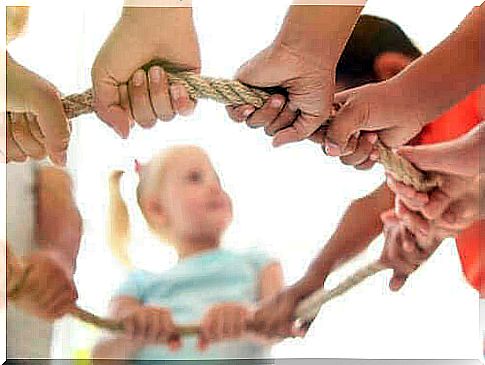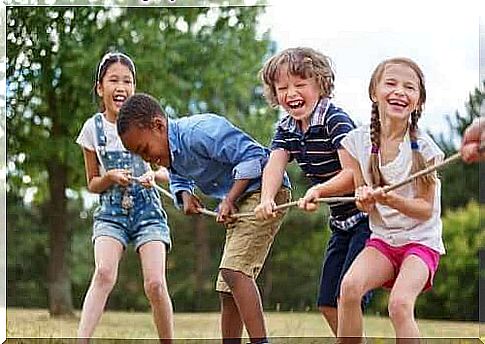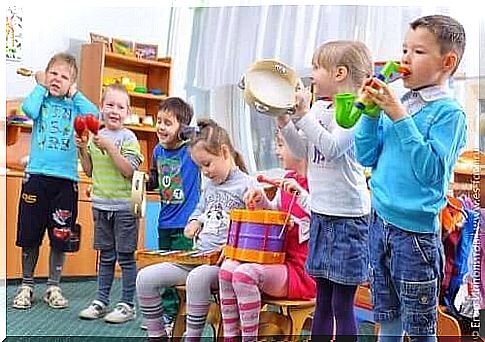Benefits Of Children Playing Together

Playing together is a leisure activity that promotes teamwork. It aims to achieve a common goal instead of focusing on competition. This kind of teaching play is good for teaching values in childhood. It is also an excellent way to promote methods for developing adults ’social skills. The benefits of children’s play together are clear, both in the short and long term.
Joint play
The concept of joint play seeks to serve as an alternative to competitive games, offering a playful game in a relaxed and friendly environment. All children can participate without discrimination or exclusion. All children can also participate by bringing out their unique skills.
As you can see, the benefits of children’s play together are numerous. In the short term, it will help increase a constructive growth environment. In the long run, it enhances positive interaction skills.
Benefits of joint play
1. It increases awareness, respect and solidarity

The common play is based, firstly, on the principles of respect and solidarity. It is therefore intended to raise awareness playfully in order to combat discrimination. It can also be a strategy to prevent bullying.
Some schools have already adopted such methods that encourage children to act empathetically towards their classmates. In this way, they can put themselves in the shoes of others and explore options for tackling challenges together.
2. Joint games are about cooperation and teamwork
This kind of play connects all the participants to help each other. It’s really important to find a way to work as a team to solve the game being played. Under no circumstances can a child win alone, as happens in many games because they all have a common external factor.
As you can see, children learn to appreciate each other’s special skills and know when to use them. For example, if a child is good at math but not at sports, he or she will not be left out of the group because he or she will not be able to win the race. Instead, he is responsible for some other game-related tasks.
3. It improves communication skills

To solve the tests or challenges in the game, children need to communicate well with their peers. So they practice expressing themselves and bringing out their opinions.
At the same time, they learn to listen to each other. This method aims at balanced communication between infrequent and constantly talking children. So everyone has equal opportunities.
4. Play together teaches how to resolve conflicts
Through play, children are not aware that they are learning to resolve conflicts.
The first step is to learn to express the need to resolve the conflict. Thus, children review the effectiveness of this method and then transfer it to other situations that occur in class or during a break. Likewise, they learn to use this skill in a family and work environment as they grow into adulthood.
5. It instills confidence

The concept of joint play also strengthens each child’s self-esteem and self-confidence. Through this activity, they learn to perform important tasks in a group to achieve a common goal. They may even notice their peers after observing skills they didn’t know they had.
Group play is a good way to bring teaching into the educational environment. Children are like sponges and absorb everything they see. So they apply all these values in a rather spontaneous and natural way.









